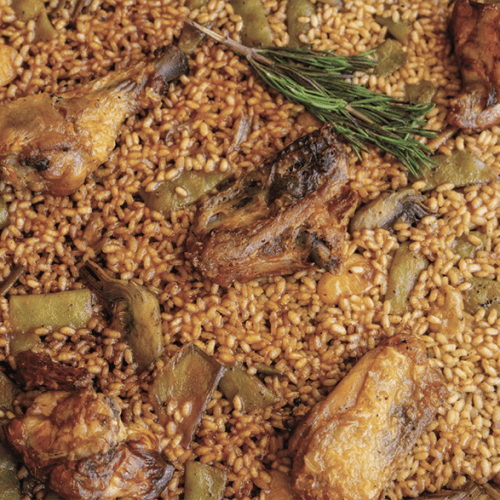 Walnuts, hazelnuts, chestnuts, pine nuts, cashews, and many more… Throughout the ages, these high-fat, high-protein tree seeds have served as a major source of energy, essential for surviving the harsh winter months. Their natural ability to be stored and resist decay throughout winter has made them a valuable resource for animals and humans alike.
Walnuts, hazelnuts, chestnuts, pine nuts, cashews, and many more… Throughout the ages, these high-fat, high-protein tree seeds have served as a major source of energy, essential for surviving the harsh winter months. Their natural ability to be stored and resist decay throughout winter has made them a valuable resource for animals and humans alike.
Many nuts are used in cooking, eaten raw, sprouted or roasted as a snack food, churned to make nut butters and pressed for oil to be used in cookery and cosmetics.
The fats found in nuts, for the most part, are unsaturated fats – including monounsaturated fats, and many are excellent sources of vitamins E and B2. They are also rich in protein, fibre and essential minerals, and have been revealed to have notable health benefits for those with a history of heart disease, by lowering cholesterol levels.
Facts and figures
• America is the major tree nut producing country, holding a 41% share of the global market. China follows as the second top global nut producer (10%), then Turkey (10%) followed by Iran (6%) and India (4%).
• A recent archaeological excavation in Israel found remains of seven types of nuts and a variety of primitive nutcrackers that scientists believe to be around 780,000 years old.
• A dig in Iraq uncovered evidence of nut consumption that dates as far back as 50,000 BC
• In Texas, pecan shells were unearthed near human artefacts that may date back to 6,000 BC
• Almonds need honeybees to pollinate them to grow. They are great for our gut, with probiotic benefits which help keep it healthy.
• Brazil nuts don’t actually come from Brazil, most come from Bolivia. And whilst on the topic… Japanese nuts don’t come from Japan, they come from Mexico.
• The Ancient Greeks believed hazelnuts could be used to treat coughing and baldness.
• Peanuts account for 2/3 of the world’s consumption of nuts.
• Pine nuts are found inside pinecones, hence the name.
• Pistachios get their green hue from the same pigment found in spinach and kale. It’s known as the “happy nut” (开心果) in Chinese and the “smiling nut” in Iran.
• Cashews grow from the same plant family as poison ivy, but the itchy oil is only found in its shells.
• The oldest known, nut tree is the walnut tree, first documented more than 12,000 years ago.
• Crushed walnuts are brilliant as a gluten-free base for anything that needs a crust.
Nut notes
Buying raw nuts and roasting them at home is always worth the extra effort.
Buy in bulk to be more cost effective.
Roast them on single oven trays to bring out their best flavour.
Store nuts in clean glass containers for maximum freshness
Stow your nuts away at the back of a cool cupboard or in the fridge during hotter months.
Experiment with different spices, herbs and natural sweeteners to create more interesting nuts snacks.
Try out the various nut butters available in most leading supermarkets and health shops










